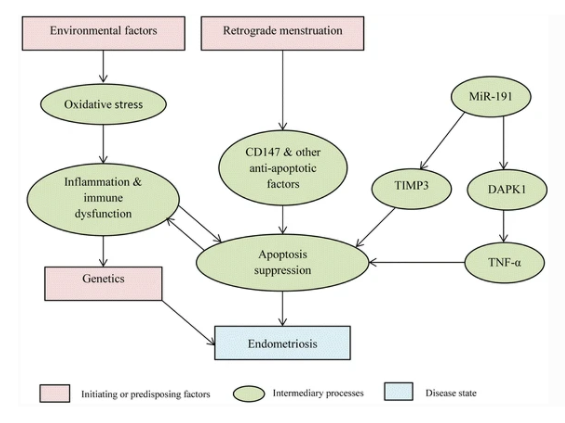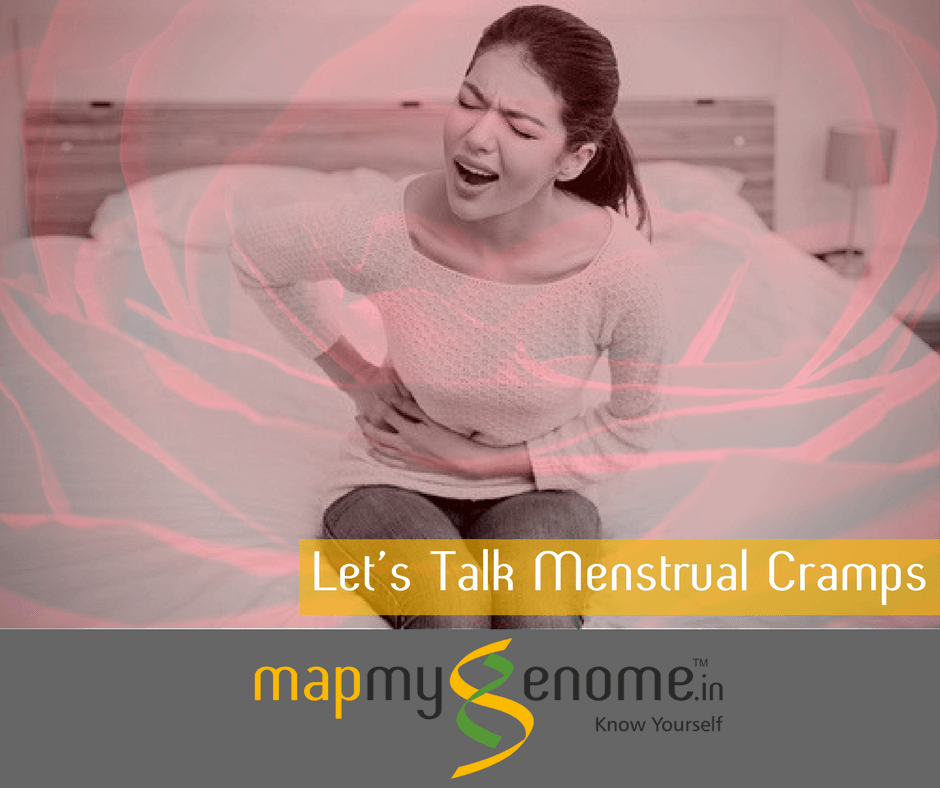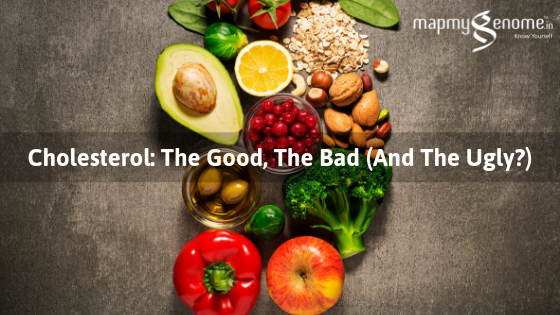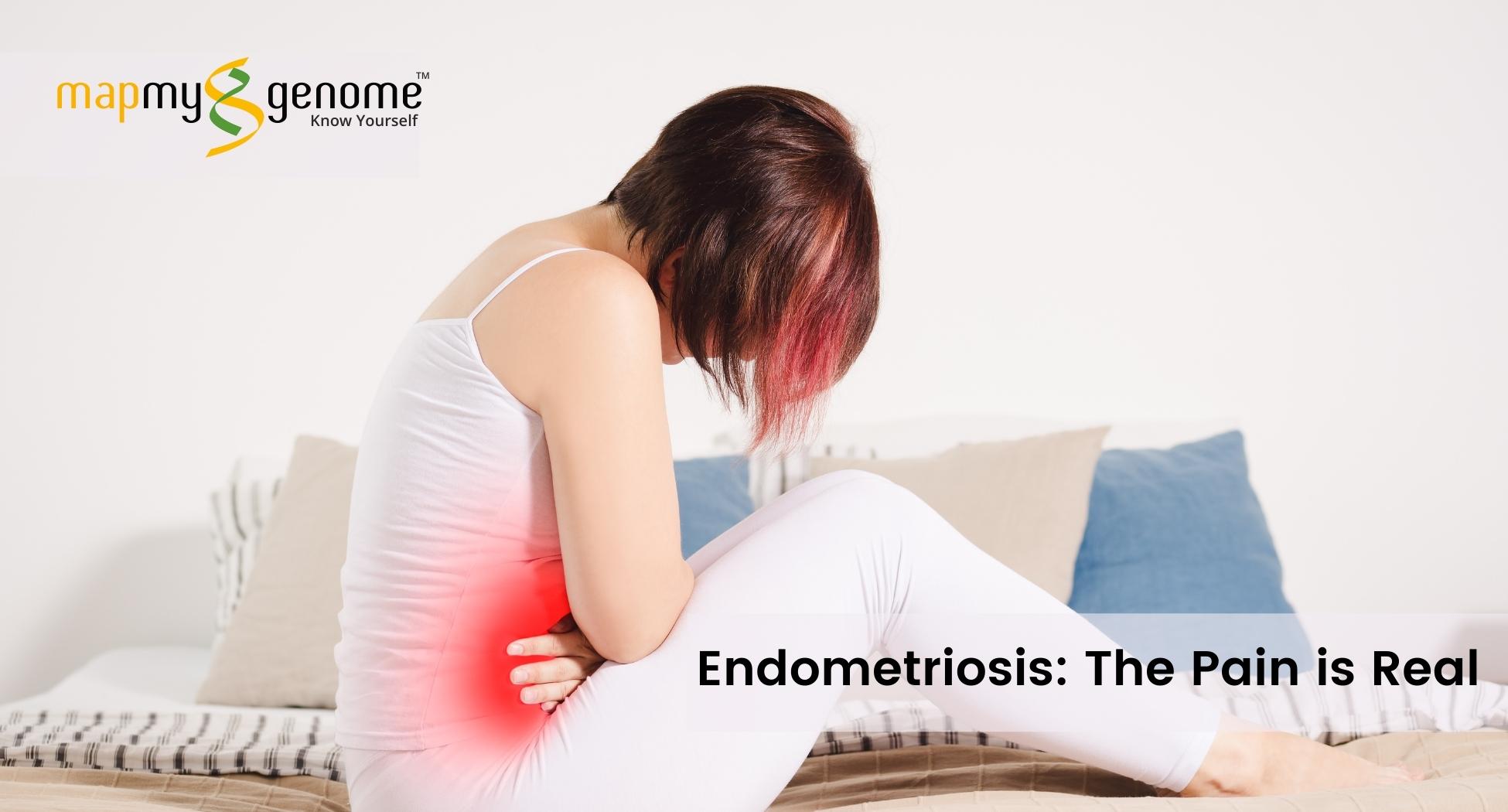
The pain of endometriosis carries a huge burden and results in a devastatingly compromised life for women. Nearly 30-50% of women with infertility are affected by endometriosis. Though the cause of endometriosis is unclear, environmental and genetic predispositions are considered risk factors for the progression of endometriosis. Environmental factors such as genital tract infections, oxidative stress, altering hormonal homeostasis, etc are considered as possible causes for increased risk.
When the pain gets bad!
Endometriosis is a gynaecological condition wherein endometrial-like tissue grows outside the uterus. In this estrogen-dependent condition, the abnormal tissue usually grows on the ovaries, bowel, or the tissue lining of the pelvis. This tissue thickens, breaks down, and bleeds with each menstrual cycle. The bleeding of the displaced tissue causes inflammation, pelvic pain, and heavy menses. This condition usually affects women in their reproductive age and the actual cause is unknown.
Risk factors:
- Age and gender - endometriosis predominantly affects women in their reproductive years.
- Early menarche or delayed menopause
- Elevated exposure to estrogen due to the menstrual pattern (periods <27 days apart or periods >7 days duration).
- Family history and genetics - individuals with first-degree female relatives are at high-risk.
- Nulliparity
- Retrograde menstruation because of fibroids or polyps in the uterus, or obstructions in the cervix/vagina.
- History of obstetrical surgery such as C-section, hysterectomy
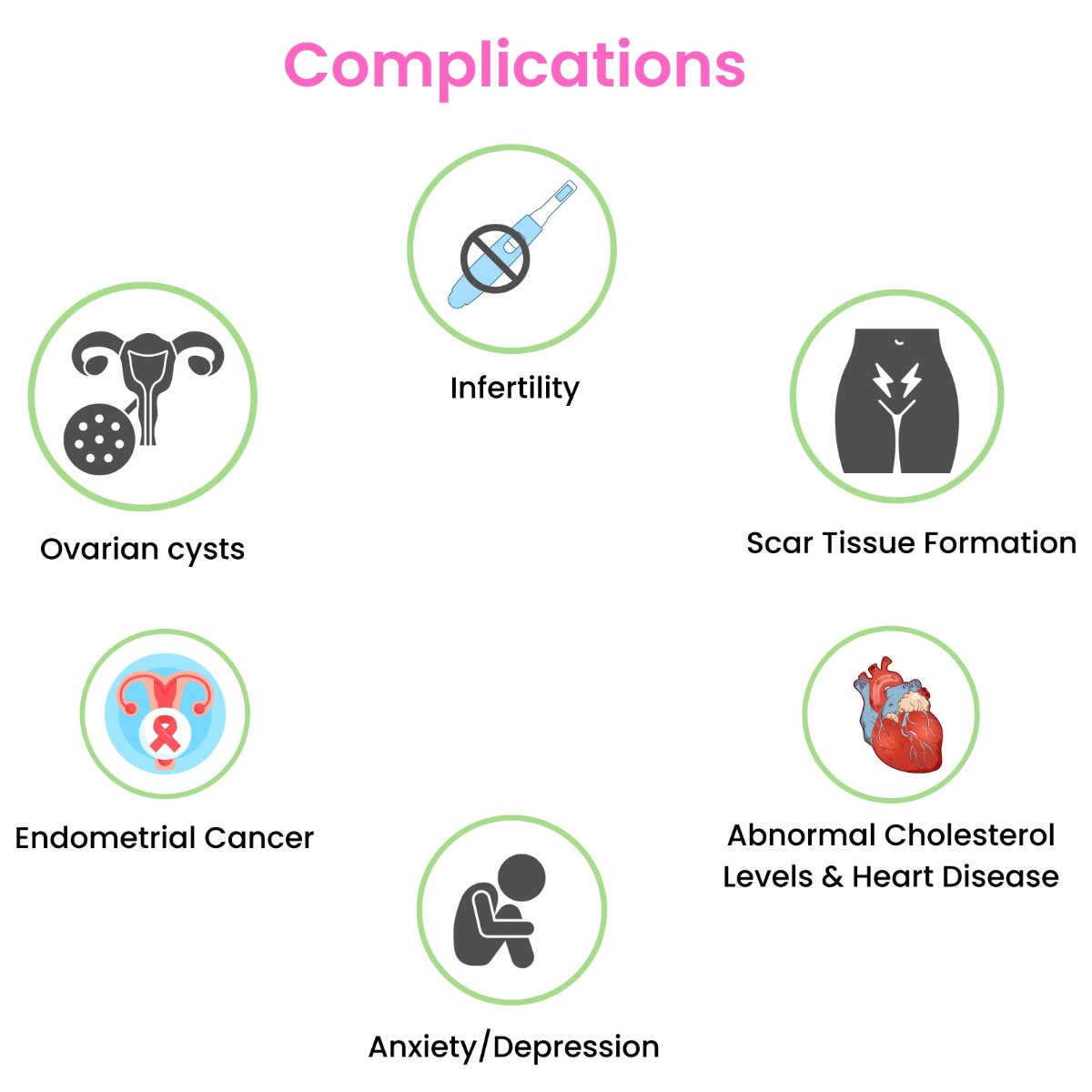
Complications
- Ovarian cysts
- Scar tissue formation
- Painful sexual intercourse
- Infertility
- Endometrial cancer
*interplay between various factors reported in the pathogenesis of endometriosis
Genetic impact
Studies show that a woman’s risk of developing endometriosis is higher(5-8%) if her mother or sister(first-degree relative) has endometriosis. Women with a familial history of the disease are more likely to experience severe endometriosis.
The advances in technology have enabled the discovery of detecting genes that are associated with the risk for endometriosis. Mutations and variations in several genes are implicated in pathophysiology that results in endometriosis. Polymorphism in some of the genes involved in the detoxification pathway, steroid pathway, cytokine pathway, cell adhesion, and cell cycle regulation are known to be associated with a genetic predisposition to endometriosis.
The most significant markers lie in intergenic and intronic regions of genes involved in the development and functioning of the women's reproductive organs (uterus, ovaries), cellular signaling and proliferation, and biological traits such as bone mineral density. New therapies or treatment options can be designed based on knowledge of the gene function. Identifying the genetic risk can help women to undergo early screening and adopt a preventive strategy by making possible lifestyle changes to mitigate the risk.
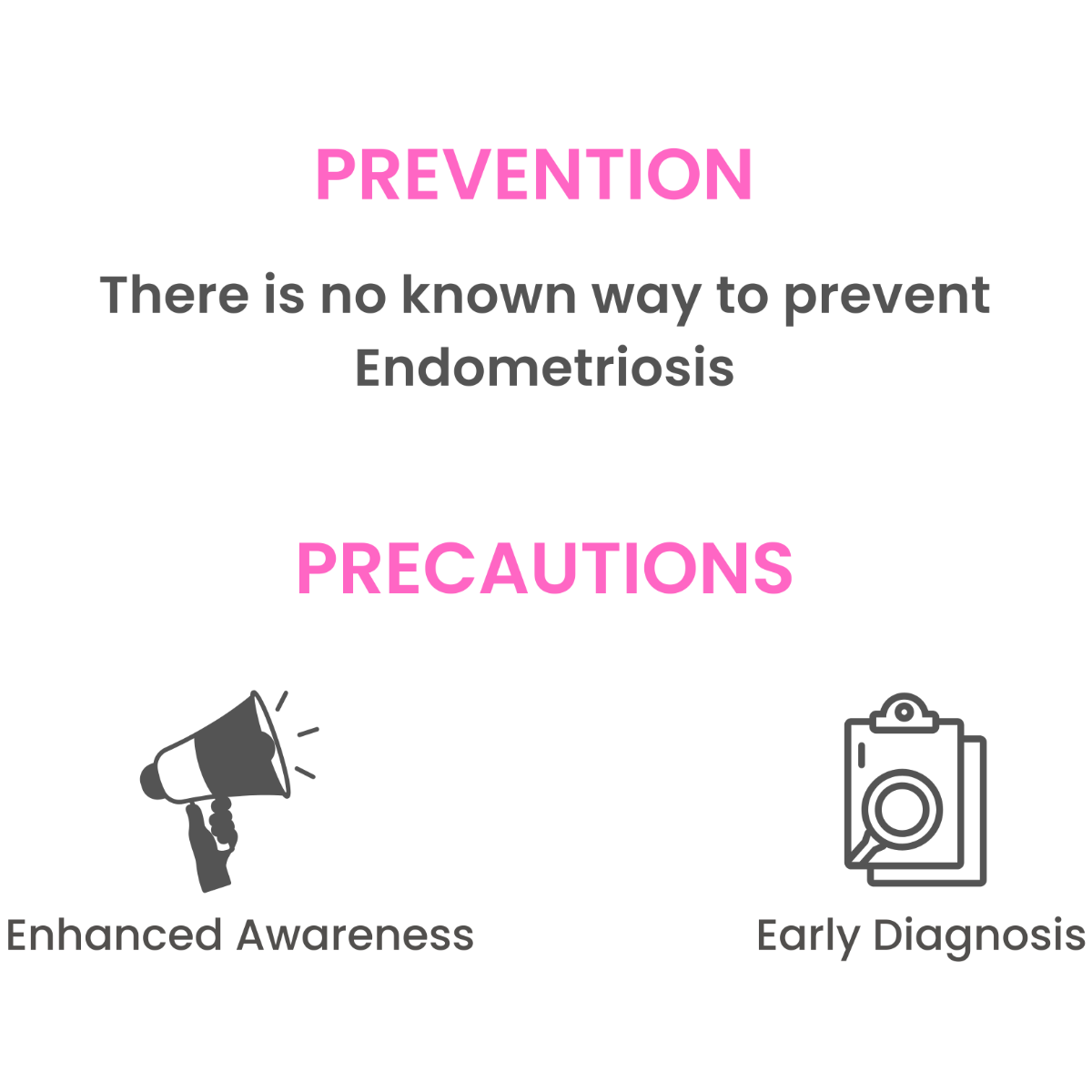
How Mapmygenome can help you:
Mapmygenome with more than 20 years of experience in the field of genomics and with a highly skilled bioinformatics team, curated highly validated genetic variations (SNPs) and provides individuals with genetic risk for different conditions.
Mapmygenome’s Gynaecmap is a women’s wellness predictive panel. This revolutionary test reveals genetic predisposition to key functions of women's health - endocrine and reproductive systems, bone health, obesity, lipid levels, lifestyle traits, cancers, and more.
- Understand your risk with Gynaecmap
- Work with our genetic counselors for a health plan to proactively mitigate the risk
- Regular health checks and tools to prevent/manage the risks and related complications.

